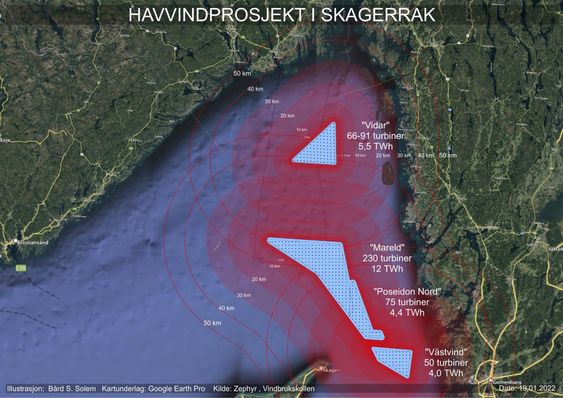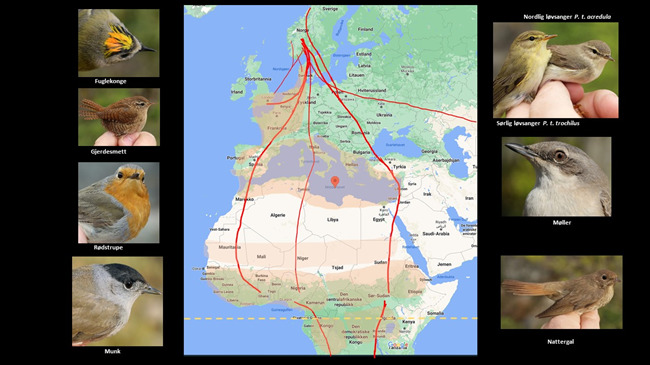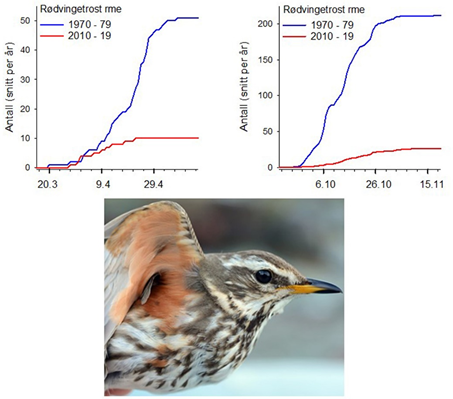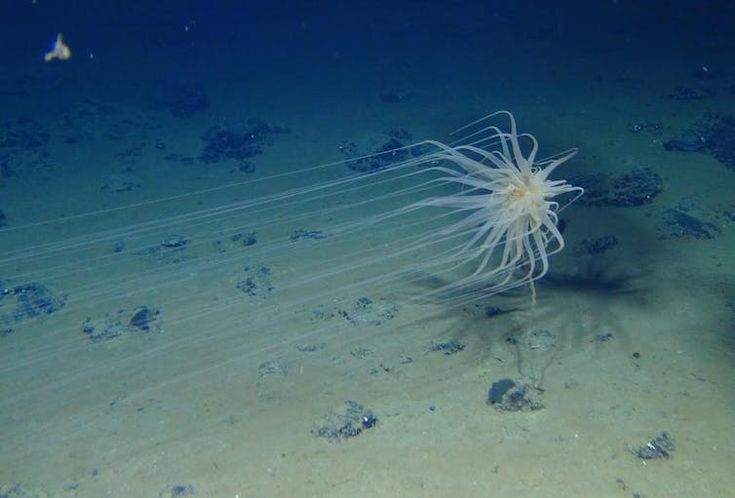Zephyr’s offshore wind project “Vidar” in Skagerak violates the Biodiversity Act.

OPINION by Christina Fjeldavli, Board Member La Naturen Leve
earlier published in Norwegian in Harvest. and Naturpress
The wind power company Zephyr AS, which is owned by Østfold Energi (50%), Vardar and Glitre Energi, has distinguished itself with several very controversial projects on land. Zephyr’s Swedish subsidiary, Zephyr Vind AB, will now cover 201 square kilometers of the northern Skagerrak with 340 meters high, flashing, and noisy wind turbines, 66 in number. Alternatively, it envisages installing 91 turbines that will rise 260 meters.
We already know enough to state that “Vidar” will have very negative consequences for biodiversity. In addition, there are many uncertainties here that cause the project to violate the precautionary principle, laid down in Section 9 of the Biodiversity Act. The Swedish and Norwegian authorities should therefore stop the project as early as possible in the process. If Zephyr’s project is not stopped in the first round, but proceeds to an impact assessment, this assessment should be carried out by a broad group of professionals without financial ties to the wind power industry.
– Zephyr’s facility is planned in the middle of the migration route of millions of sparrows
No complete impact assessment for «Vidar» is currently available, but the research and consulting company AquaBiota has prepared a report entitled «The consultation basis», dated 28 October. In this, you are informed about technical and practical details. In addition, a superficial discussion of nature conservation considerations is presented, where the conclusion seems to have been given in advance. According to its own website, AquaBiota offers to help wind power companies with the argument in a meeting with the authorities. When AquaBiota also offers to be «participating in consultations, court proceedings, etc.», it becomes difficult to envisage this company as an independent body. It is naive to believe that an impact assessment commissioned and paid for by the developer will be able to provide a neutral and completely comprehensive picture of the actual consequences for the various species.
In the middle of the bird migration route

Store Færder Ornithological Station (SFOS) refers in its consultation response to unique reference material in a national context. “Through a well-developed network collaboration, the organization has acquired detailed knowledge of the spring and autumn migration of all migratory bird species in the Skagerrak.” It is well documented that birds can be disturbed by lighthouses. The birds are drawn towards the light, which leads to exhaustion and collisions.
In the “Consultation Document” which AquaBiota has prepared on behalf of Zephyr, several bird species are mentioned that have been registered where they now want to build “Vidar”, including sea otters, storks, gulls, guillemots, and auks. It is pointed out that in the North Sea it has been possible to observe a general increase among most seabird species. For all functional groups (grazing, benthic, and fishing seabirds), the populations have increased », the report states.
Is this a kind of covert argument where the intention is to de-dramatize an upcoming decline in bird populations as a result of the development? In Norway, gray gulls and auks are considered vulnerable species. Guillemots are considered critically endangered (Species Data Bank, 2021). It is possible that one may have seen a local upswing, but overall, the species is endangered.
Store Færder Ornithological Station believes that “Vidar” will have a negative effect on populations of many species of migratory birds such as sparrows, thrushes, songbirds, finches, pigeons, geese, and waders. The offshore wind farm is planned “in the middle of the migration route to millions of sparrows!” Local seabird populations will also be affected. In total, millions of individuals will be affected if Zephyr is not stopped.

In conflict with marine mammals
The “consultation document” has a separate section on marine mammals. Porpoises, harbor seals, and osprey, are mentioned in particular. These are species that are registered in the project area or close by. The harbor seal is considered a vulnerable species, and the osprey is registered as near endangered in the Species Data Bank (2021). It is informed about a porpoise population that lives within the project area: “Within the project area, there is the Skagerrak population, which is part of the North Sea population.” Porpoise is today considered viable, but there should be no argument for disturbing the livelihood of a population.
Gambling with fish and fishing
According to AquaBiota, the project area is rich in fish. Established fish banks have been drawn on the maps that follow the official hearings. Herring, cod, saithe, haddock, mackerel, and pike are among the many fish species mentioned in the “Consultation Document”. We do not know for sure how noise and infrasound could affect the fish’s ability to orient themselves. Both seafloors grounded and floating offshore wind can “damage the flora and fauna on the seabed, including fish species that live and spawn there”, both in the installation phase and in the operational phase. Wind turbine noise can “disrupt communication between marine organisms that, for example, use sound during spawning”, according to the Institute of Marine Research (2020). It has been documented that offshore wind farms can make it difficult or impossible to fish. Both in Sweden and in Norway, representatives of the fishing industry are therefore protesting against “Vidar”.
A huge industrial plant in a already hard-pressed Fjord
Several large offshore wind projects are now being planned in the Skagerrak, without this being stated in the consultation papers for «Vidar». For some reason, one is asked to take a stand on Zephyr’s project in isolation, without being aware of the total strain on the species in and around the ocean. As is well known, seabirds are hard-pressed. Since the middle of the nineteenth century, a decline of as much as 70% is expected. Species we previously took for granted, such as mussels and cod, are struggling to survive in the hard-pressed Oslo Fjord. In such a situation, it is irresponsible to allow a giant industrial plant in the middle of the Skagerrak. For the sake of biodiversity first and foremost, but also for the sake of the fishing industry and outdoor life in the area, the Swedish and Norwegian authorities should say no to Zephyr’s “Vidar”.
Read more about “Vidar” at the Norwegian Environment Agency, consultation deadline is February 4.




13 Comments
Pingback: jazz music
Pingback: torzonmarkets.com
Pingback: bobs-seo.com/las-vegas/
Pingback: free videos
Pingback: Learn More Here
Pingback: sisteme de aerisire
Pingback: Continue
Pingback: link
Pingback: herbal products
Pingback: pgslot168
Pingback: Thailand bus ticket
Pingback: 8282 สล็อต เกมคาสิโน ครบวงจร
Pingback: zigma323